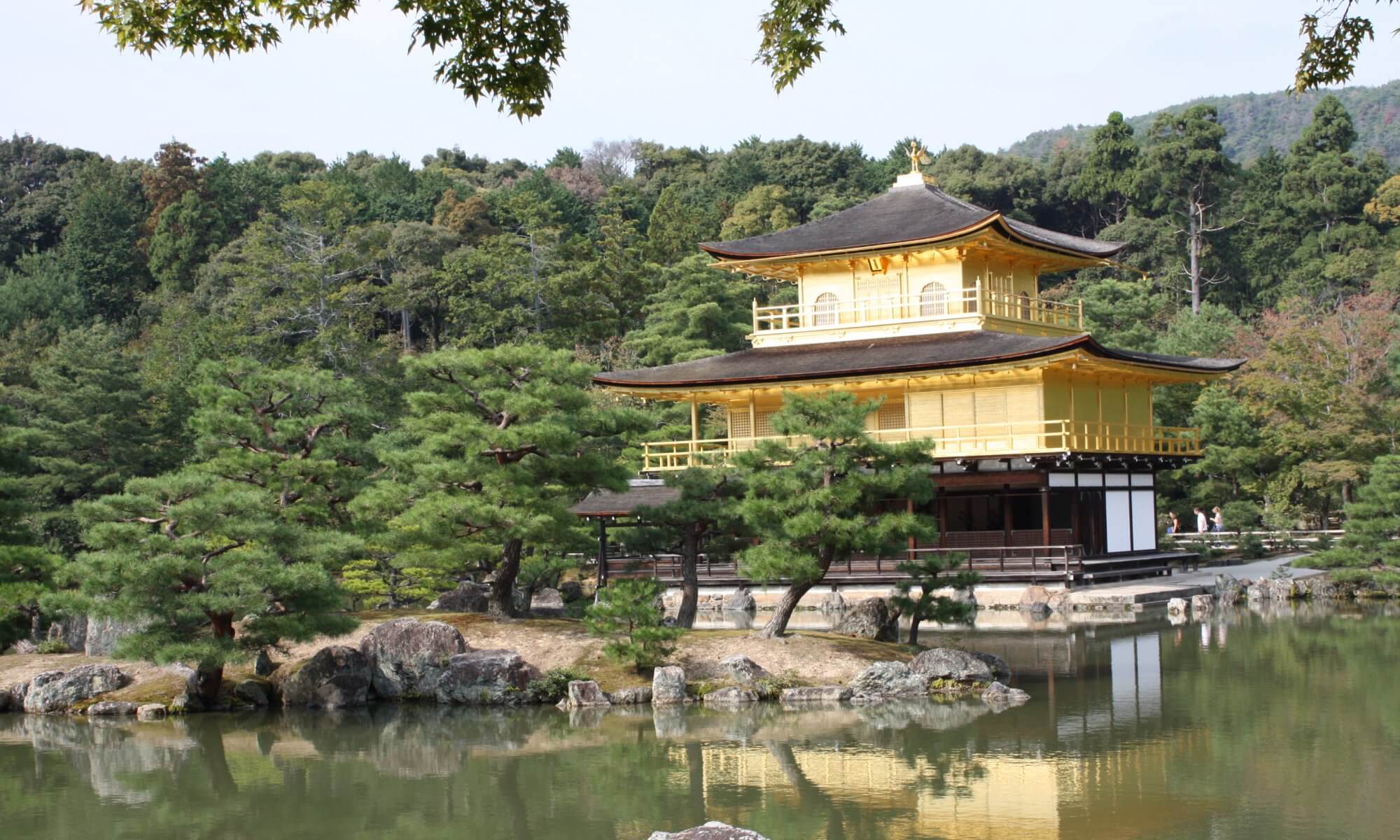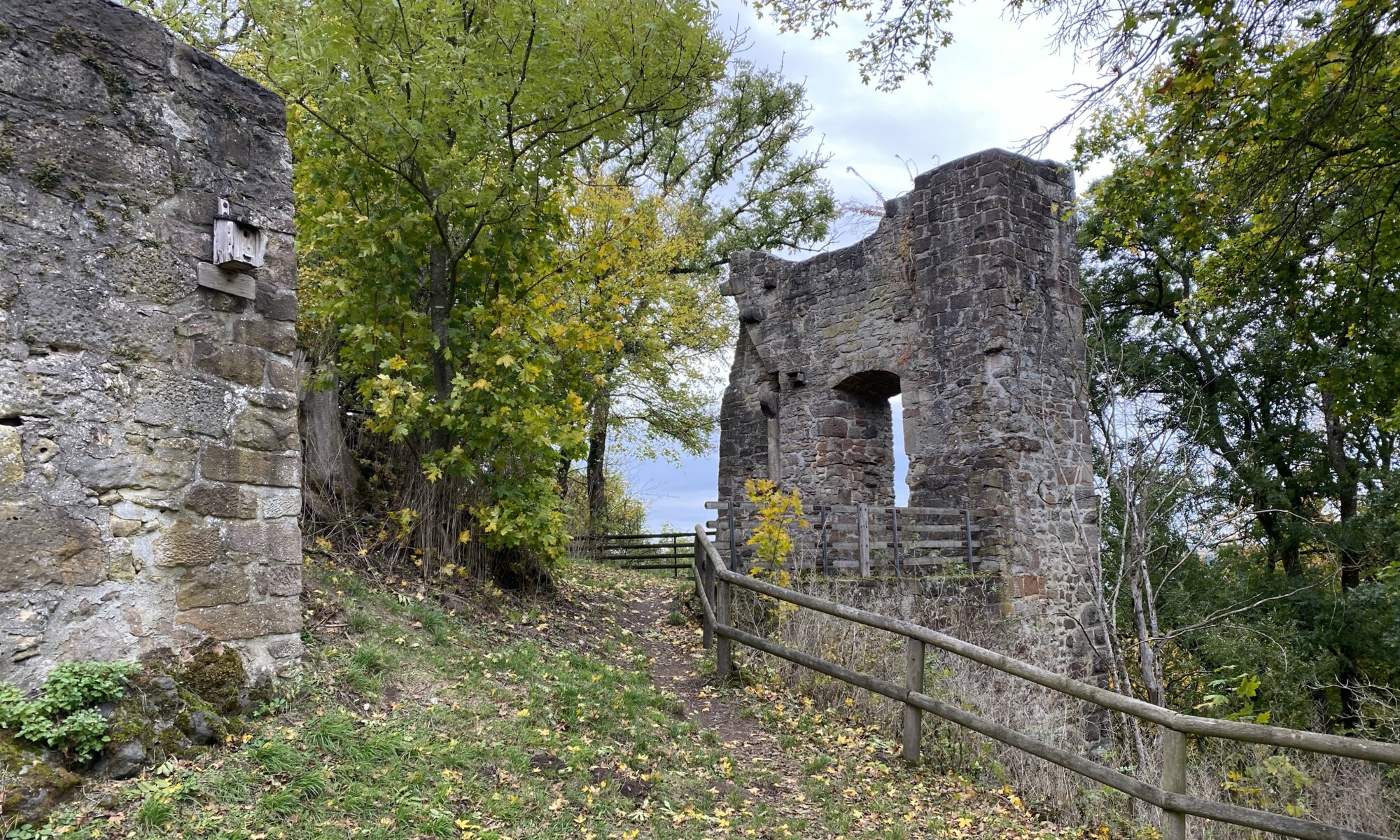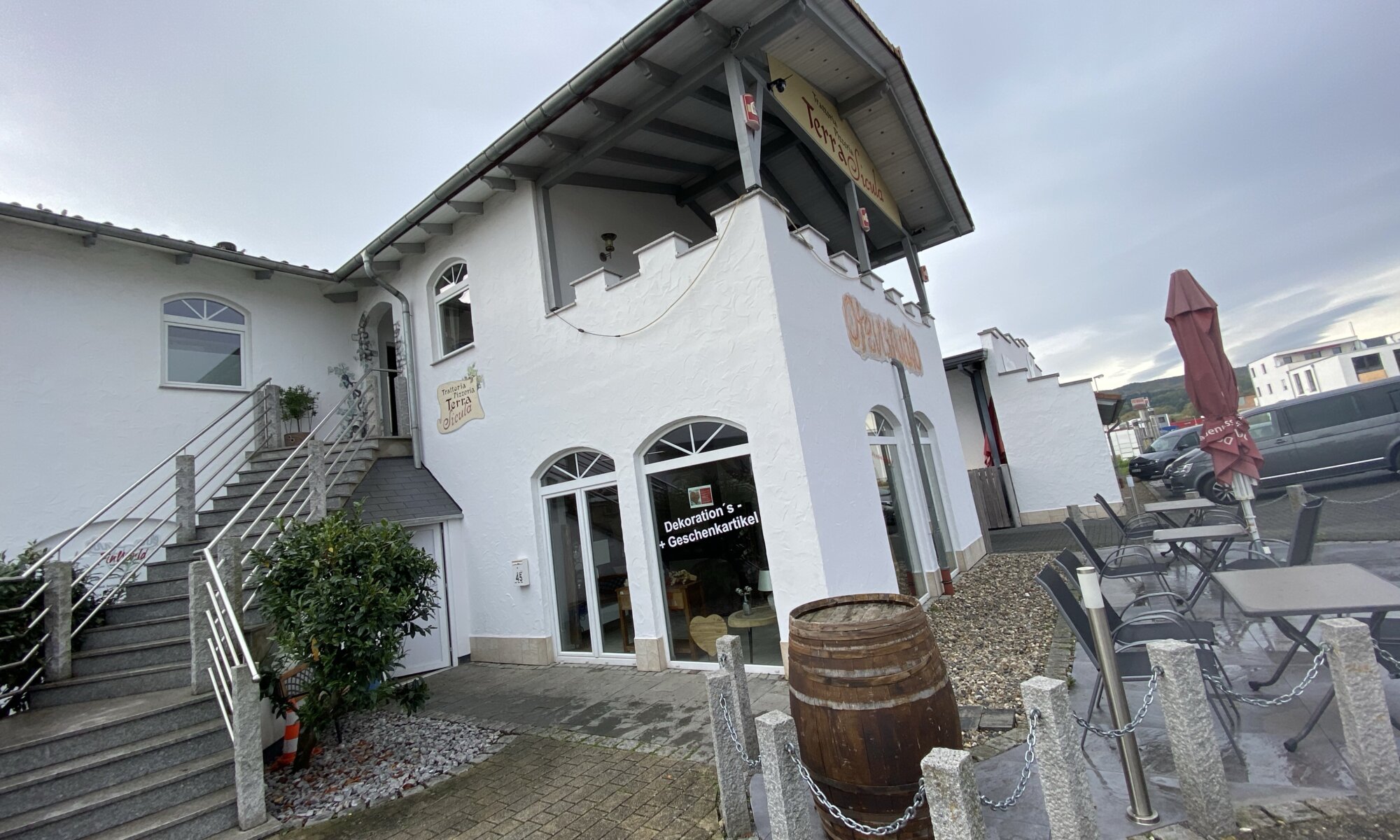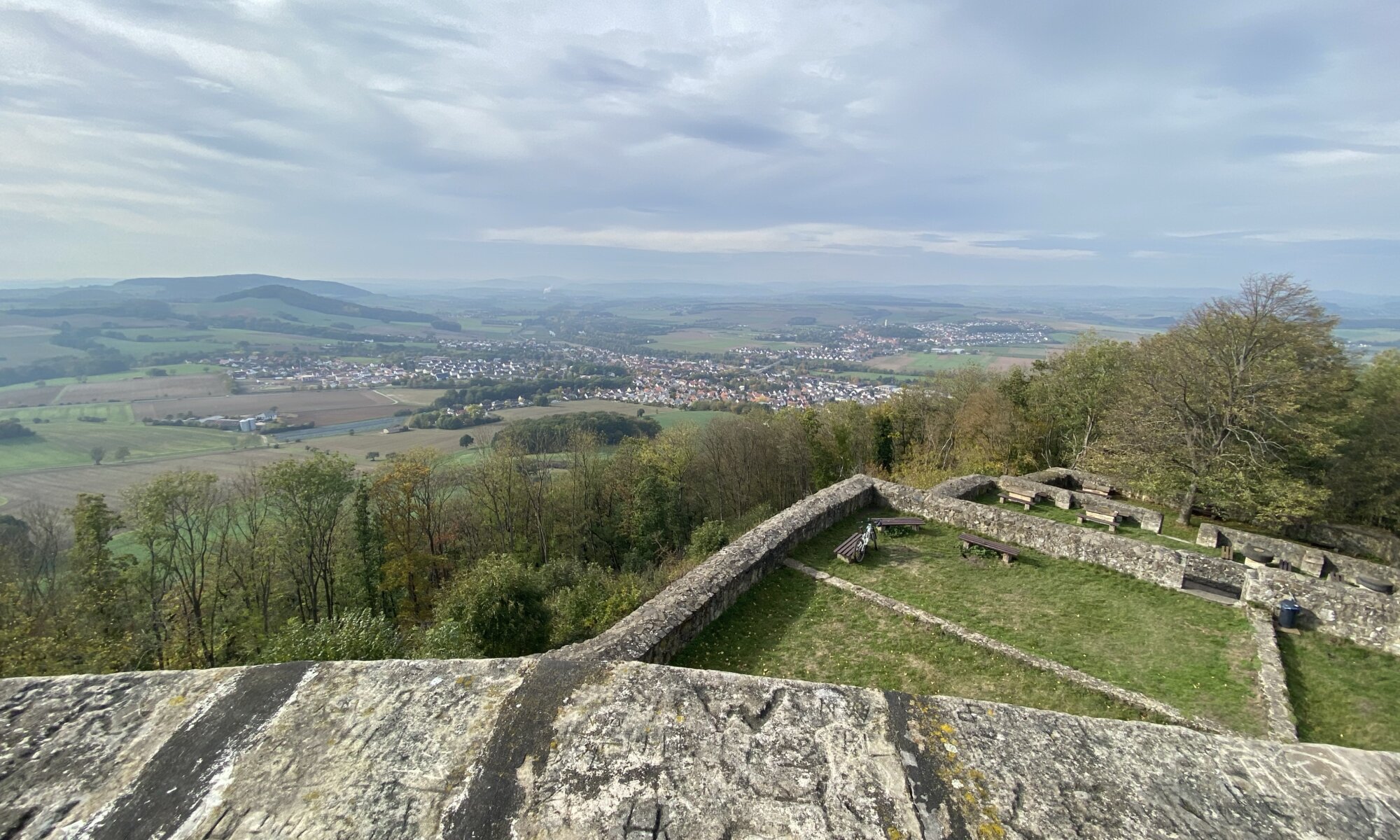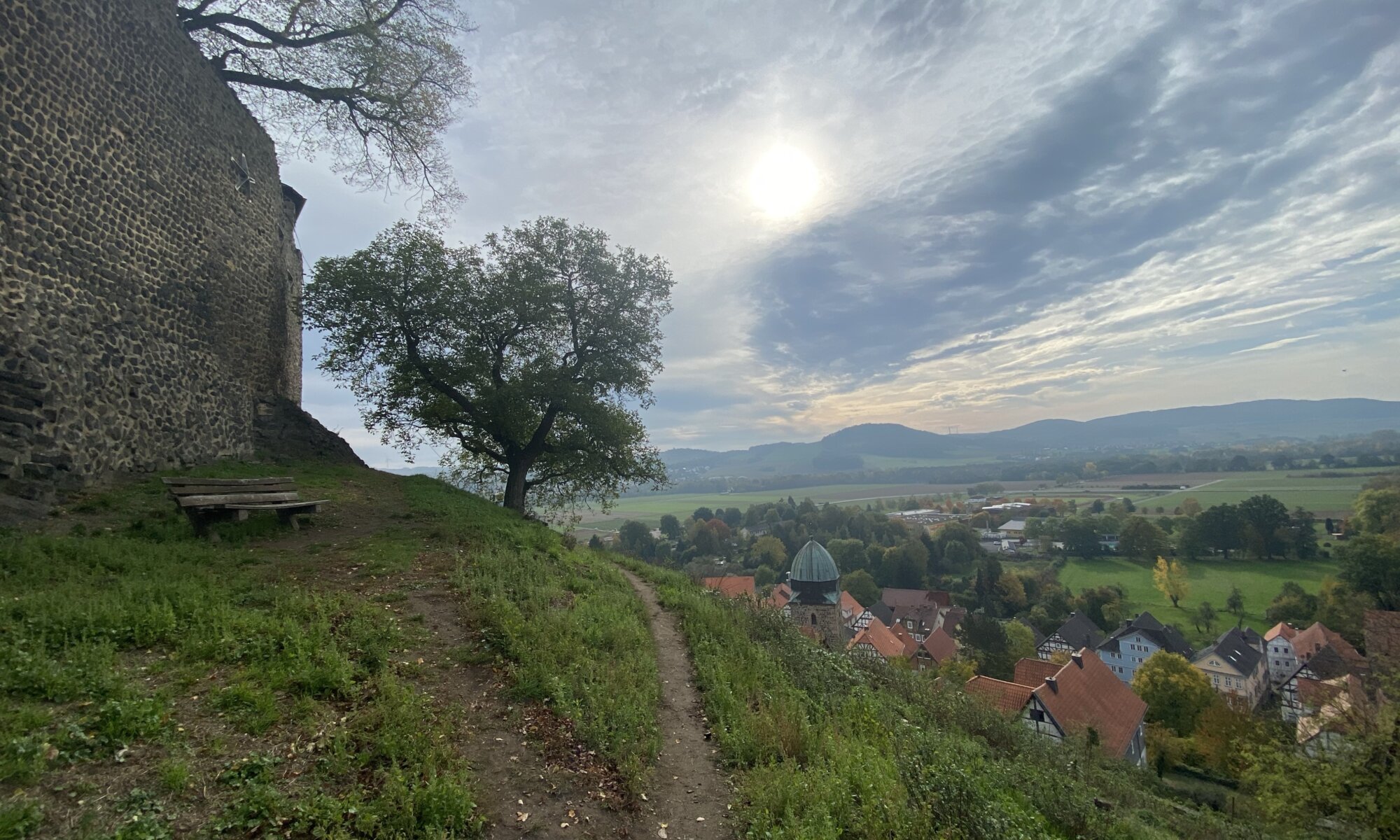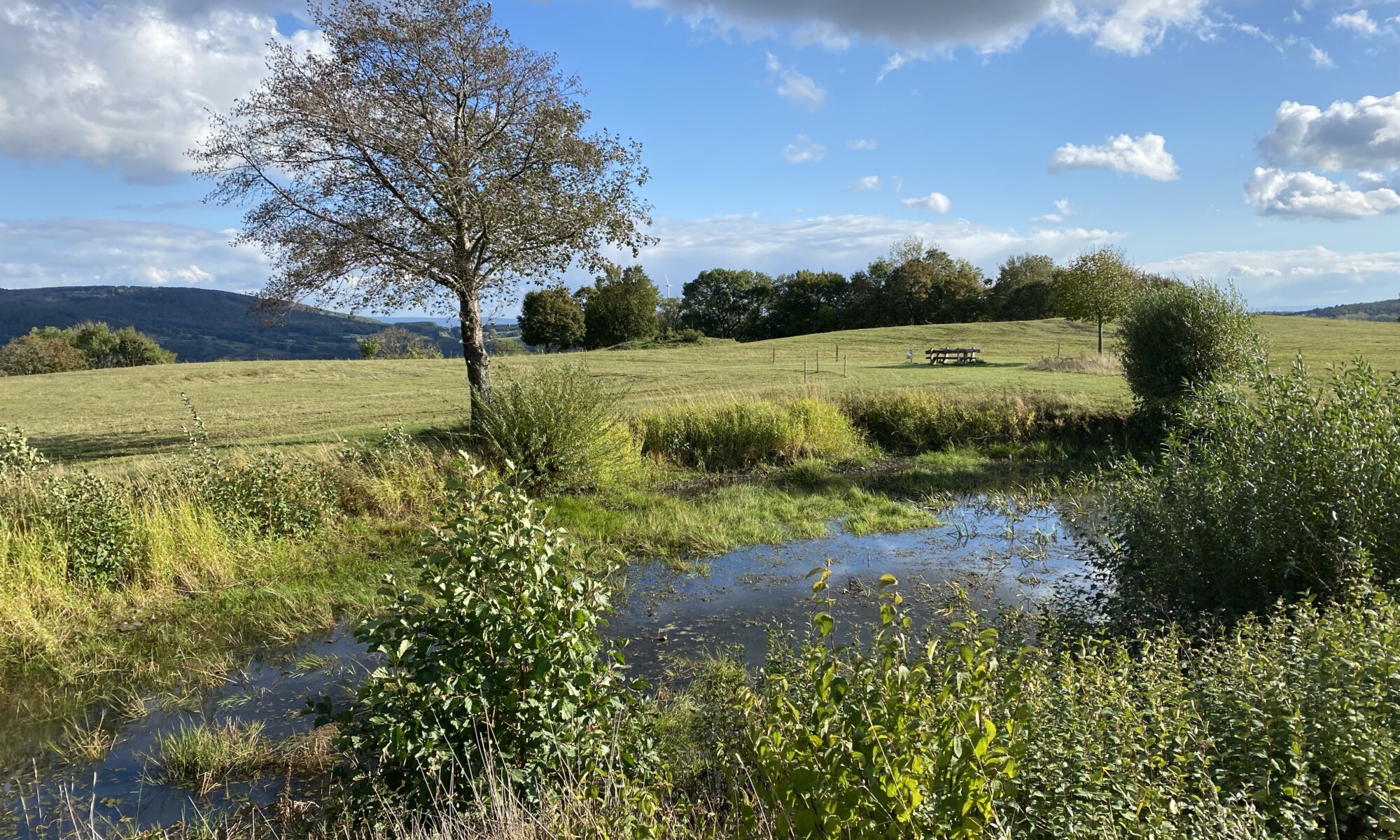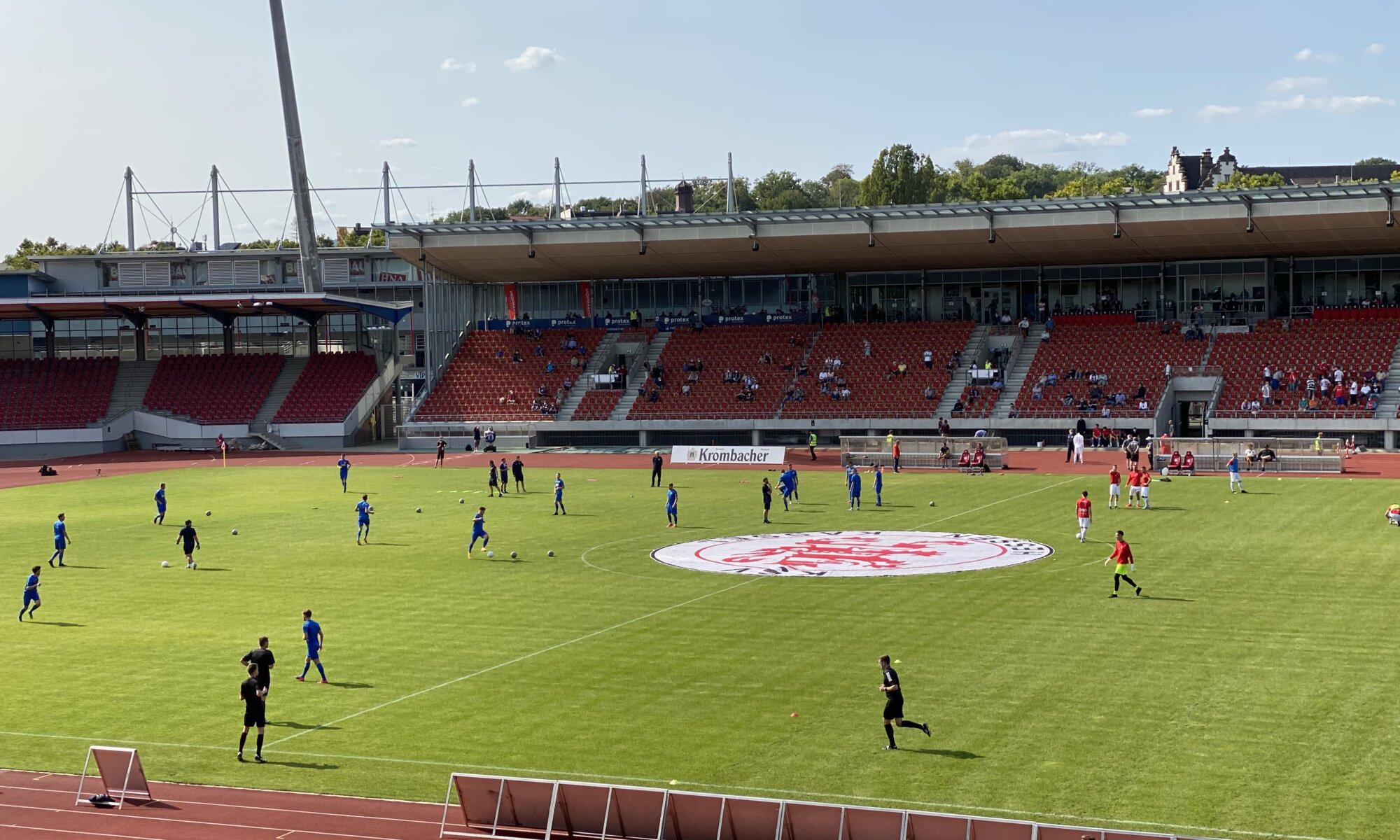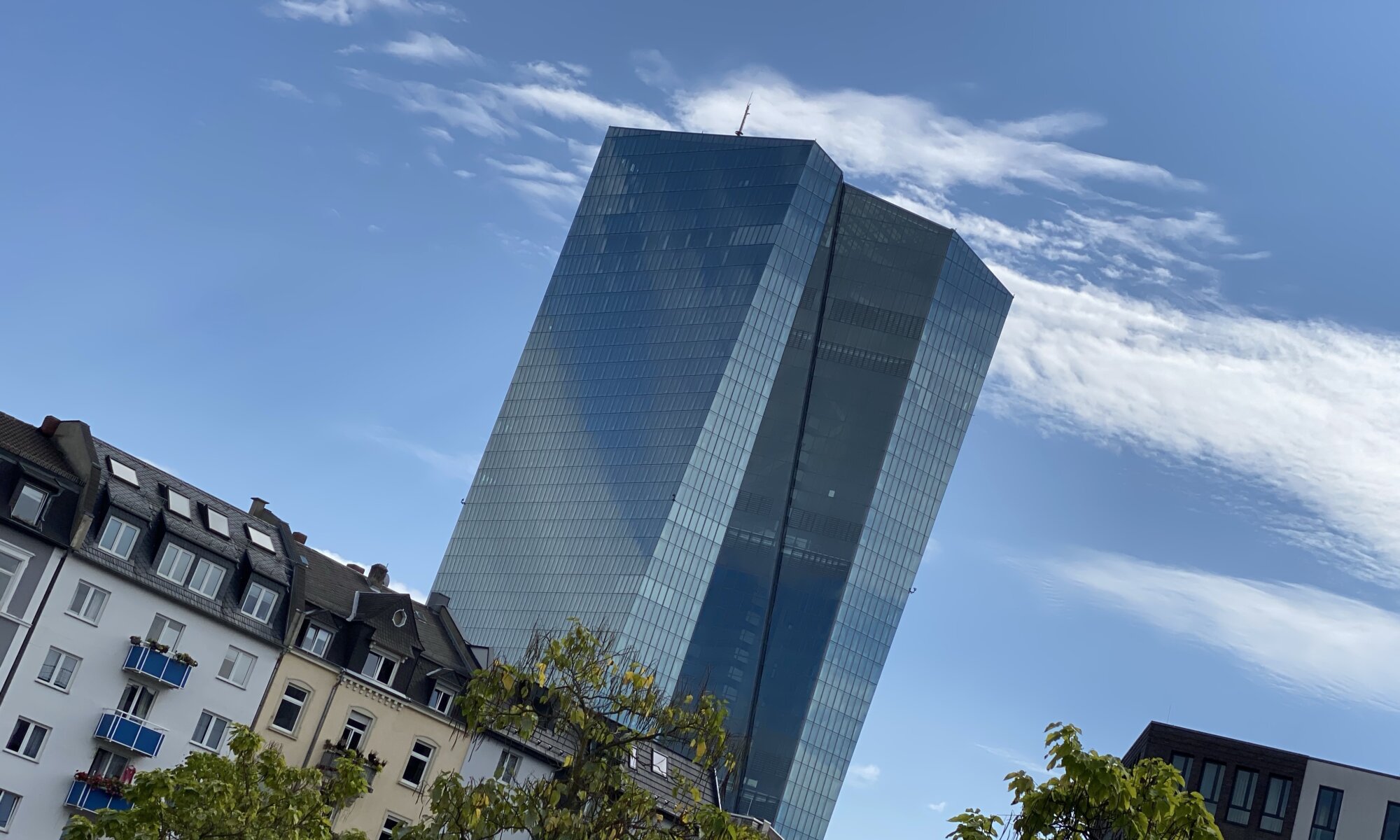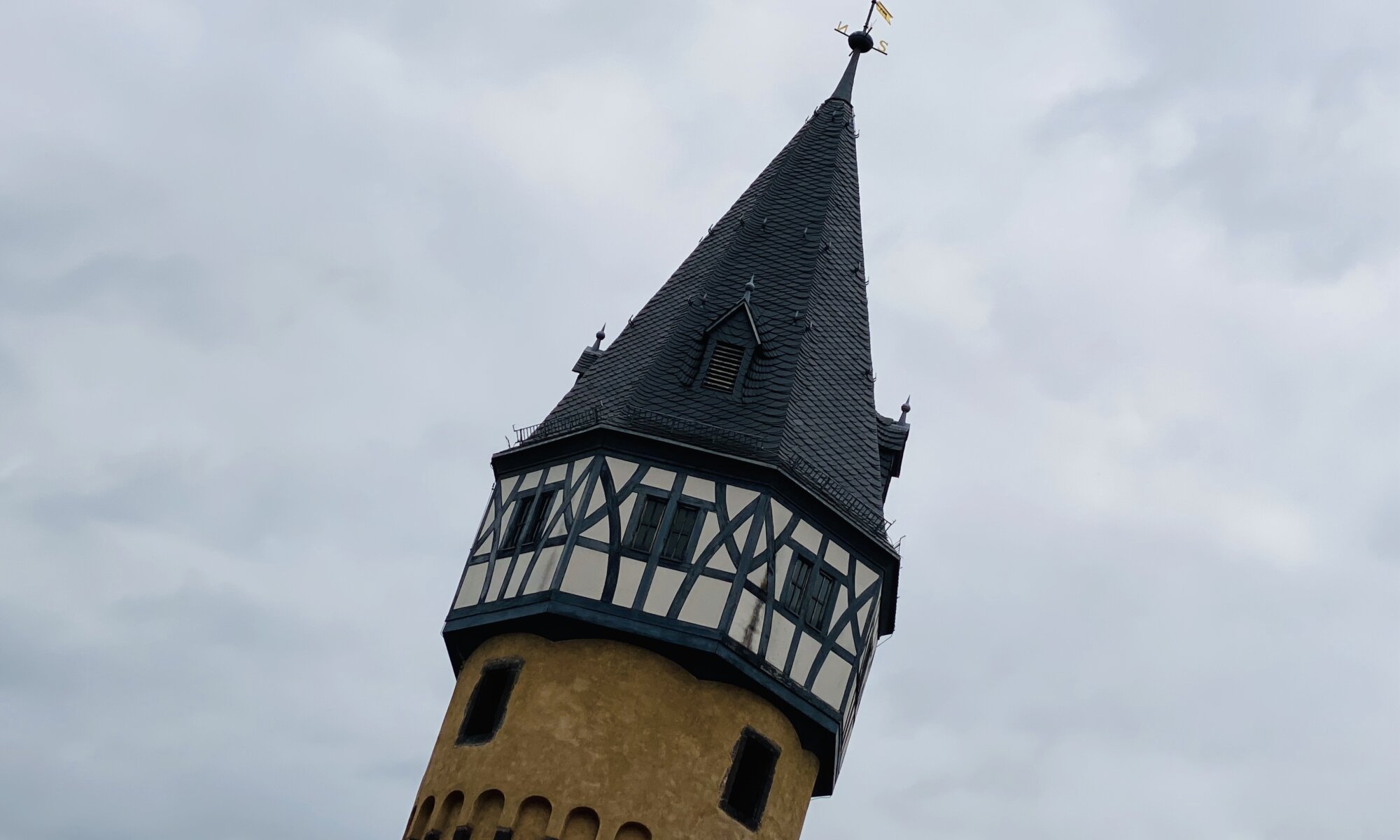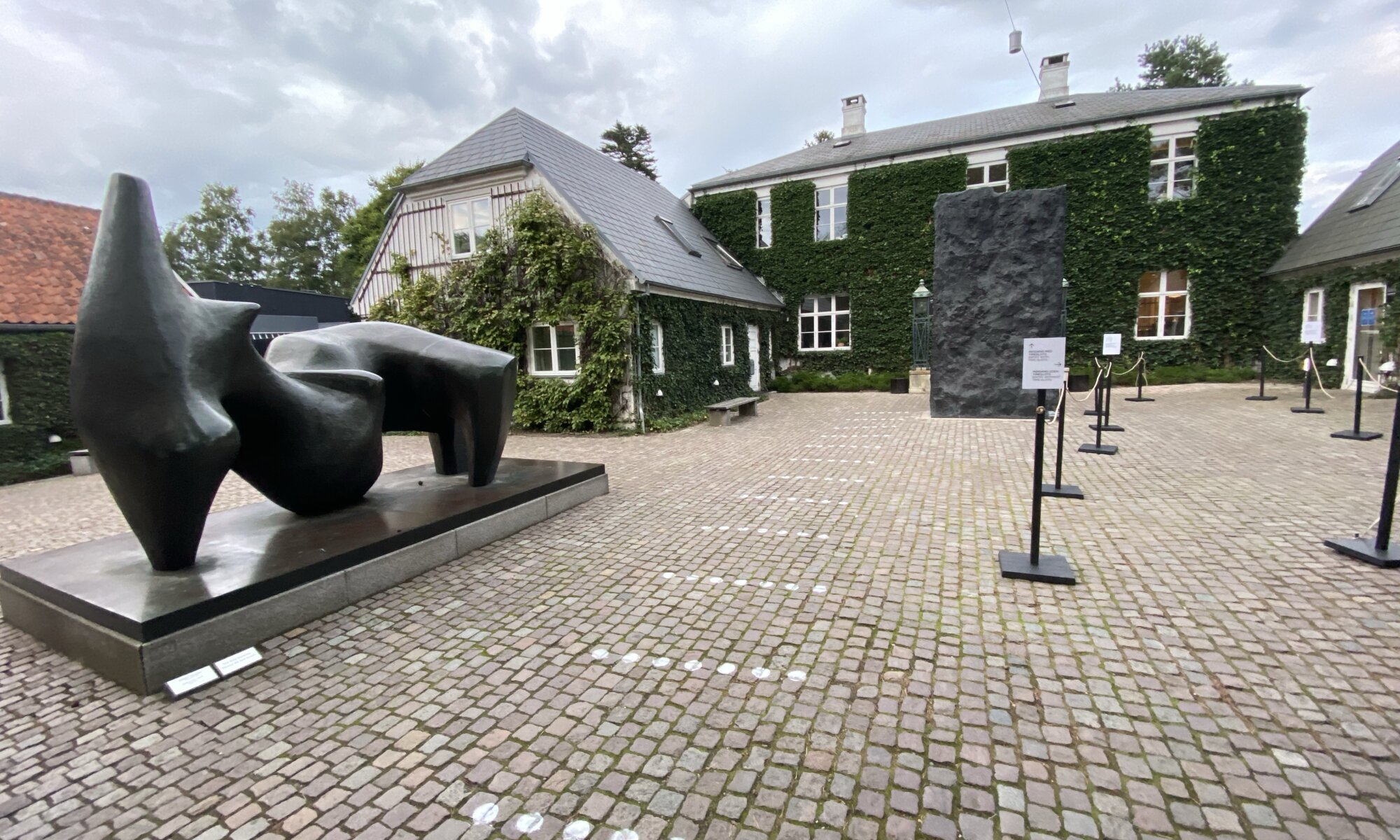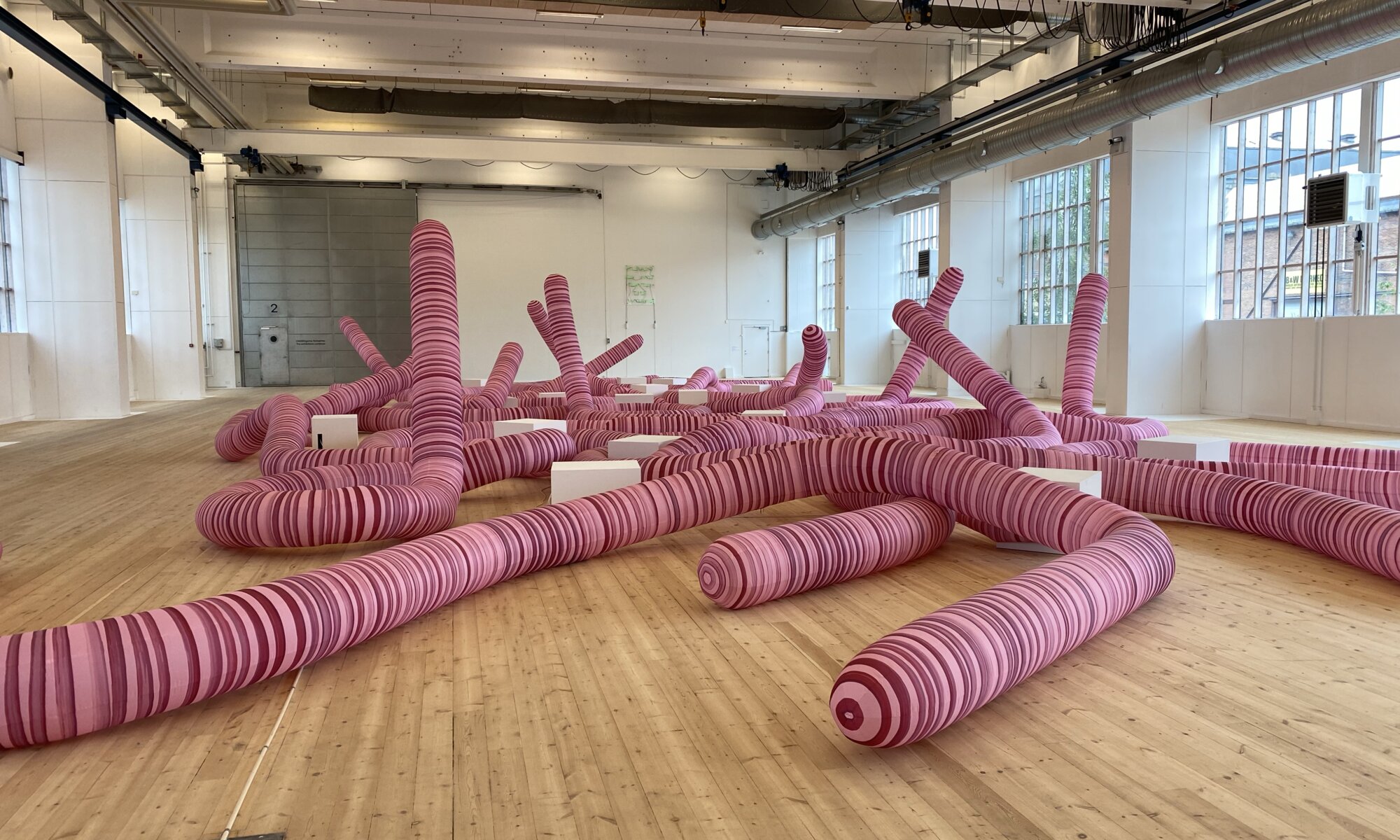The Burgruine Falkenstein (hawk stone) at Bad Emstal, Germany, is the ruin of a former castle on a mountain (the Falkenstein) in the middle of a large forest far away from civilization. It is therefore the perfect destination for a hike or a bike trip. The castle was first mentioned in the year 1346 CE and finally destroyed in 1631 CE by the troops of the Count of Tilly during the Thirty Years’ War.
Continue reading “Falkenstein”Terra sicula
Was your last vacation in Italy already too long ago? If you’re searching for the best pizza of Baunatal, Germany, you need to know where to look for it: in an industrial zone of the city quarter Großenritte. There you’ll find the pizzeria Terra sicula (Sicilian soil) which offers the typical Italian dishes in outstanding quality. The walls are decorated with images from Corleone – so I wouldn’t dare to say something else. 😉
Continue reading “Terra sicula”Burg Heiligenberg
Once you climbed up the Heiligenberg mountain you can understand why already during the Iron Age humans used this place to build a fortification. It is a nearly 400 meters high basaltic mountain and the first castle was built here between 1180 and 1186 CE. Today you can visit the remaining walls, a well-preserved gate, you can use one of the many places to sit down for a picnic or climb up onto the short tower to enjoy good views on the city Felsberg.
Continue reading “Burg Heiligenberg”Felsburg
It is absolutely impossible to overlook the castle Felsburg at Felsberg, Germany. It sits on a basaltic cone next to the city and is nearly 30 meters high. First mentioned in the year 1060 CE it was built to protect the strategically important passage through river Eder which was part of an important inner-German trade channel. The castle is in good shape and you can climb up on different paths to take a look at it.
Continue reading “Felsburg”Table mount
Northern Hesse has its own table mount! Not as vast as the Table Mountain in Cape Town, South Africa but very worth a visit. When coming from Kassel, Germany, you need to pass around the Bergpark Wilhelmshöhe and then you will see it very fast: the Burghasunger Berg belonging to Zierenberg. The mountain is flat and on top, you will find a small lake, the ruins of a former cloister, good views and some places to rest.
Continue reading “Table mount”Hessen Kassel
The KSV Hessen Kassel is a football club with a big history and a stadium (the Auestadion) rather fitting to the past than to the present. It was an obvious idea to watch a match but I simply didn’t do it after moving to Kassel – shortly after I decided to buy a ticket, SARS-CoV-2 appeared and all matches were cancelled or no spectators were allowed. Now the large stadium becomes an advantage: people can watch matches during the pandemic safely while adhering to the distance rules. Against TSV Schott Mainz around 2,000 people (in a stadium for more than 18,000 persons) saw the first home game of the new season.
Continue reading “Hessen Kassel”Mirroring the clouds
When passing through the East of Frankfurt you might certainly see a giant skyscraper. It doesn’t look like a part of a skyline – it is standing out and surrounded by rather small buildings and residential zones. The giant glass windows look like a giant mirroring and it is really an amazing piece of architecture. That doesn’t only seem to be my opinion; for some years, every time when I was passing through the Ostend with friends one of them said: ‘Do you see this building? That is the new European Central Bank!‘. Proudly. Like it doesn’t happen so often with a skyscraper in Frankfurt.
Continue reading “Mirroring the clouds”Café Crumble
There are endless good options to have a nice breakfast in Frankfurt, Germany. But if you’re looking for a plain, non-touristy coffee bar aside from the busy city centre you might like the Café Crumble. It is located not far away from the Bockenheimer Warte and offers seats inside and outside in a small backyard. The Crumble is a cosy place which offers a small but good range of breakfast: from vegetarian to sea fruit, from sweet to Greek.
Continue reading “Café Crumble”Traveling for art
I had already planned my visit to the exhibition Fantastic Women at the Schirn in Frankfurt, Germany. And then SARS-CoV-2 hit Germany and the whole planet. Gone were my options to responsibly visit this exhibition of female artists in Surrealism. But everything bad also brings something good: as the exhibition travelled further on to the Louisiana Museum of Modern Art in Humlebæk I had a very good reason for a trip to Denmark.
Continue reading “Traveling for art”Danish minimalism
I’ve been disappointed by so many museums for contemporary art that my expectations are pretty low when visiting one of them – that protects me very well. The Copenhagen Contemporary or short CC is a nice one on the Refshaleøen peninsula in København. What you should know in advance is that they exhibit a very small number of artworks, but that those are often very large. The old industrial halls are perfect for giant items that can’t be shown in most museums.
Continue reading “Danish minimalism”